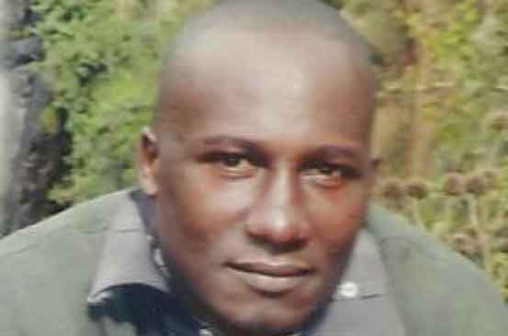
Jeremiah Mwaura was killed in a horrific gangland style. His brother, Joel Mwangi, recalls vividly how two men, their faces masked behind motorbike riders’ helmets, liberally pumped bullets into Mwaura on the morning of September 15, this year. They had just isolated him from his friends and colleagues at Cereals Grounds, in Industrial Area, Nakuru where he worked as a casual labourer.
“The men in helmets came where we were sitting. They wanted to know who among us was Jeremiah. As soon as we pointed him out to them, they whipped out pistols and pumped bullets into him, point blank.” said Mwangi.